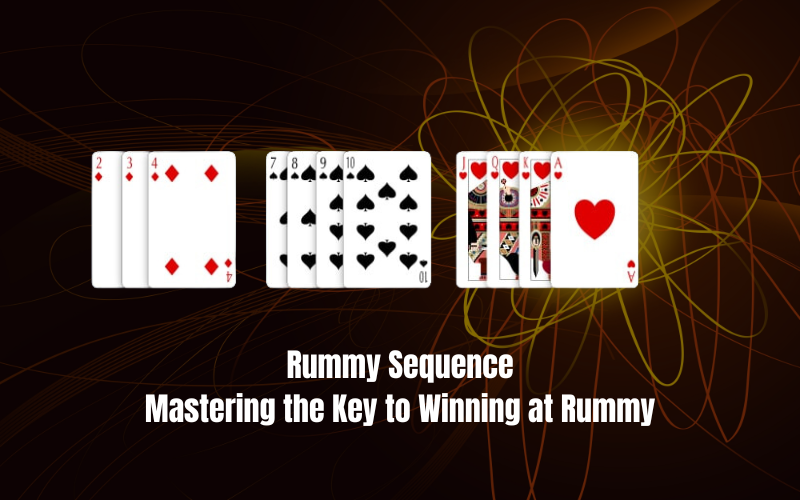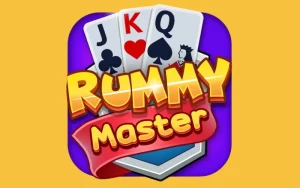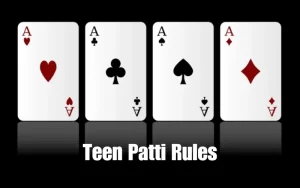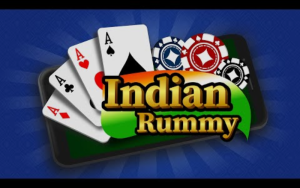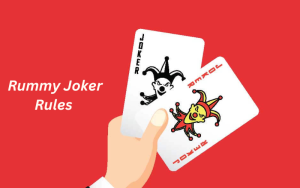Rummy is one of the most popular card games worldwide, known for its combination of skill, strategy, and a bit of luck. The game’s goal is to form valid combinations of cards, with the sequence being one of the most essential elements. Understanding how to create a Rummy sequence can significantly improve your chances of winning.
In this article, we’ll explore a Rummy sequence, the types of sequences you can form, and some strategies for creating sequences in your game. Whether you’re a beginner or a seasoned player, this guide will help you refine your skills and increase your chances of success.
What is a Rummy Sequence?
In Rummy, a sequence refers to a run of three or more consecutive cards of the same suit. Unlike a set consisting of cards of the same rank but different suits, a sequence involves cards from the same suit arranged in order. For example, a valid sequence would be the 7♠, 8♠, and 9♠ (a run of spades in consecutive order). Sequences are crucial because they form the foundation for completing your hand and declaring victory in the game.
For a sequence to be valid in Rummy, it must have the following characteristics:
- Consecutive Cards: The cards in the sequence must follow each other in numerical order. For example, 10, Jack, Queen (J, Q, K) is a valid sequence as long as the cards are of the same suit.
- Same Suit: All cards in a sequence must belong to the same suit. You cannot mix suits when forming a sequence.
- Minimum of Three Cards: A valid sequence requires at least three cards. You can form longer sequences, such as five or more cards, but a minimum of three is necessary.
Creating a sequence is one of the critical objectives in Rummy, as it allows you to reduce the number of points in your hand and increase your chances of going out.
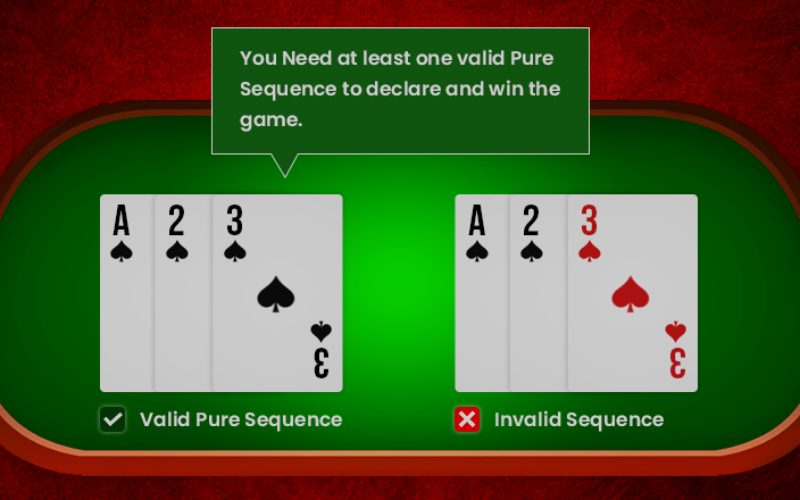
Types of Rummy Sequences
There are two main types of sequences in Rummy: Pure Sequences and Impure Sequences. Each type plays a crucial role in helping you win the game, but there are differences in how they are formed and how valuable they are.
- Pure Sequence (Natural Sequence): A pure sequence is a sequence of consecutive cards that doesn’t involve any jokers or wild cards. This is the most desirable sequence type because it requires no substitutes and is entirely legitimate. For example, 5♠, 6♠, 7♠ would be a pure sequence of spades.
- Why is it important?: A pure sequence is necessary to declare your hand valid in most variations of Rummy. Without a pure sequence, you cannot declare a “clean” hand and may be disqualified from winning.
- Example:
- 2♣, 3♣, 4♣ (Pure sequence of clubs).
- Impure Sequence: An impure sequence is similar to a pure sequence but involves using a joker or wild card. Jokers act as substitutes for any missing card in a sequence, allowing you to complete your combination even if you miss one card. For example, if you have 4♠, 5♠, and a joker, you can use the Joker to represent the 6♠, completing an impure sequence.
- Why is it important?: An impure sequence is often used when you miss just one card to complete a sequence. However, relying on jokers can be risky as they are limited in the game. A mix of pure and impure sequences often gives players more flexibility to create valid combinations.
- Example:
- 9♦, 10♦, Joker (Impure sequence of diamonds, with a joker standing in for 11♦).
Tips for Creating Rummy Sequences
While forming sequences in Rummy is critical to winning the game, it requires strategic thinking and quick decision-making. Here are some tips to help you improve your chances of creating valid sequences and securing victory:
- Focus on Pure Sequences First:
One of the best strategies in Rummy is to focus on forming pure sequences early in the game. Since pure sequences are essential for declaring a valid hand, it’s a good idea to prioritize them over impure ones. Aim to complete your pure sequences using cards already in your hand, and only use jokers for impure sequences when necessary.
- For example, if you’re dealt the cards 7♠, 8♠, 9♠, these form a valid pure sequence, and you don’t need to rely on jokers.
- Use Jokers Wisely:
Jokers are valuable, but they are also limited in Rummy. Use them strategically to complete impure sequences when missing just one card. However, avoid using too many jokers, as they are better utilized in completing a hand quickly rather than filling up your sequences unnecessarily.
- For example, you could use a joker to complete a sequence like 6♠, 7♠, Joker, which would represent 6♠, 7♠, 8♠.
- Observe Your Opponents’ Moves:
Pay attention to the cards your opponents are discarding and picking. If you see them discarding cards, you need to complete your sequence, and you may want to pick them up. Similarly, be careful not to discard cards that could help your opponents complete their sequences.
- Plan for Sequences:
While it’s tempting to form immediate sequences as soon as possible, planning can give you an edge. Try to form runs of three or more consecutive cards early in the game. If you start building sequences from the beginning, you’ll have more options and flexibility as the game progresses.
- Use Sequences to Minimize Points:
In Rummy, the goal is to reduce the number of points in your hand. Creating sequences early on allows you to minimize your remaining cards and maximize your chances of going out. The fewer the points in your hand, the less risk you’ll face if another player declares first.
Conclusion
The Rummy sequence is the heart of the game, and understanding how to create pure and impure sequences will significantly improve your chances of winning. Sequences are crucial for reducing the number of points in your hand and declaring victory, and mastering them requires skill and strategy.
By focusing on pure sequences, strategically using jokers, and planning, you can become a Rummy Pro quickly. So, the next time you sit down to play, remember these tips and get ready to form your best sequences for a winning hand!
